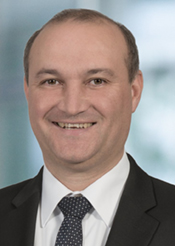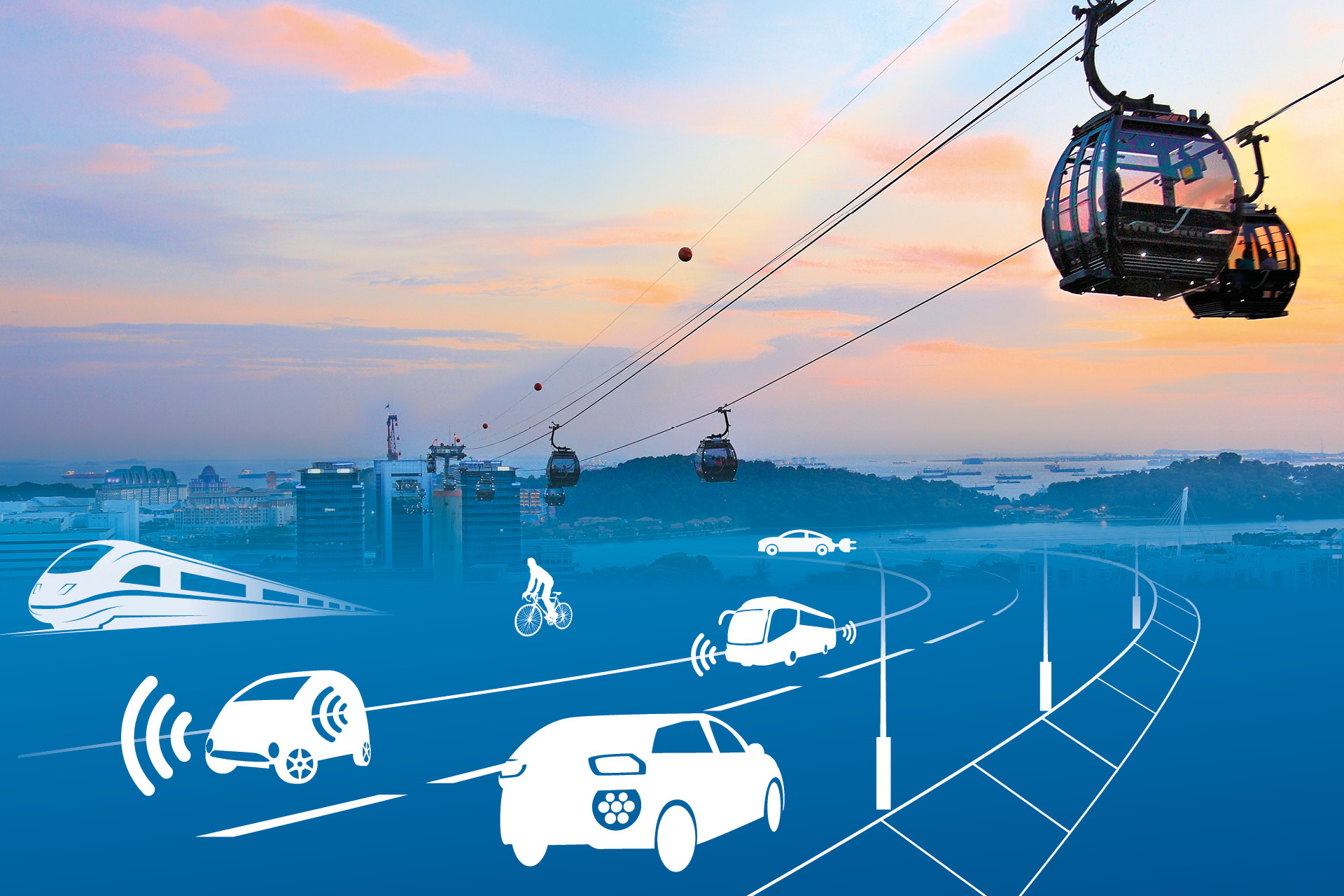When will they take off?
Continuation of the interview with mobility expert Claus Bürkle (see part 1 here).
What is the situation in Germany when it comes to building urban cable cars? Many cities have been investigating this technology in recent years.
There is still a lot of research and discussion going on. But the subject is no longer scoffed at in the way it was just three years ago. There are now many calls for tenders for urban cable cars. In Leonberg, for example, we are conducting a feasibility study for the city.
Also, many companies are showing great interest in how to better manage and network their transport operations in the future. So there has been a lot of movement here in the last two or three years.
So the question seems to be when will they finally take off.
In a city or metropolitan area, the regulation of the right of crossing is always the critical issue. If a legal solution is found, I am sure that cable cars will become established and we will quickly see the first installations that others will imitate.
We know from many revitalized regional railways that, after a start-up phase, new local public transport links enjoy a high level of acceptance, normally after just the first year of operation. So we believe that cable cars will also be rapidly accepted.
Is there a growing perception among owners and users of corporate real estate that their buildings also have a ‘mobility factor’?
Yes, and Expo Real 2018 clearly demonstrated this: There were many technical presentations covering all aspects of mobility. And we also see that companies are taking better care of their employees – including how they get to work.
A third sign of this awareness is the fact that urban authorities are increasingly asking locally domiciled companies to develop mobility concepts. Companies have to respond to this, of course, as well as to the looming threat of driving bans in some inner cities.
What steps do you take when developing mobility concepts for companies?
The first step for us is a Quick Check of mobility around the property based on a mobility pass. If the company really wants to make a difference – and doesn’t just require the mobility concept for a sustainability report or to obtain planning permission – it is first essential to ask the employees what they want. Typically, this results in requests for secure covered bicycle parking and shower facilities. We then differentiate the various user groups and their mobility behavior, and assess the available transport infrastructure, such as bus and tram lines. This also covers frequency and the number of parking spaces.
All this data is then incorporated into a closely coordinated mobility concept. The third step targets the measures that have to be implemented to achieve the goal defined at the outset. And in the final step, the client has to make overall decisions in favor of the individual measures. It is important that the ultimate solution is resilient in the event of disruption, for example, that is ensures that employees can reach the company by bus or car in the event of a train strike.
Is there a recipe for success for a functioning mobility plan?
In addition to the involvement of employees as mentioned above, it is crucial to examine local amenities – such as bakers, hairdressers and restaurants – as well as means of transport. Because when you have smoothly functioning local amenities, you don’t generally need any additional transport, but can go everywhere on foot or do a number of errands at once. So basically it’s about avoiding traffic by creating local mobility.

About Claus Bürkle
In 1999 graduate engineer (FH) Claus Bürkle started his professional career as project manager at Drees & Sommer. There, he supervised various complex projects. Since 2011, Claus Bürkle has been Managing Director of the infrastructure and development management experts at Drees & Sommer. Here, he focuses on infrastructure consulting and mobility. Claus Bürkle is responsible for projects involving electromobility, stationary traffic, urban cableways, traffic development and a large number of rail infrastructure projects. Due to his project experience with municipalities, Claus Bürkle acts as a contact for the public sector. Bürkle has been partner at the Drees & Sommer Group since 2017.

